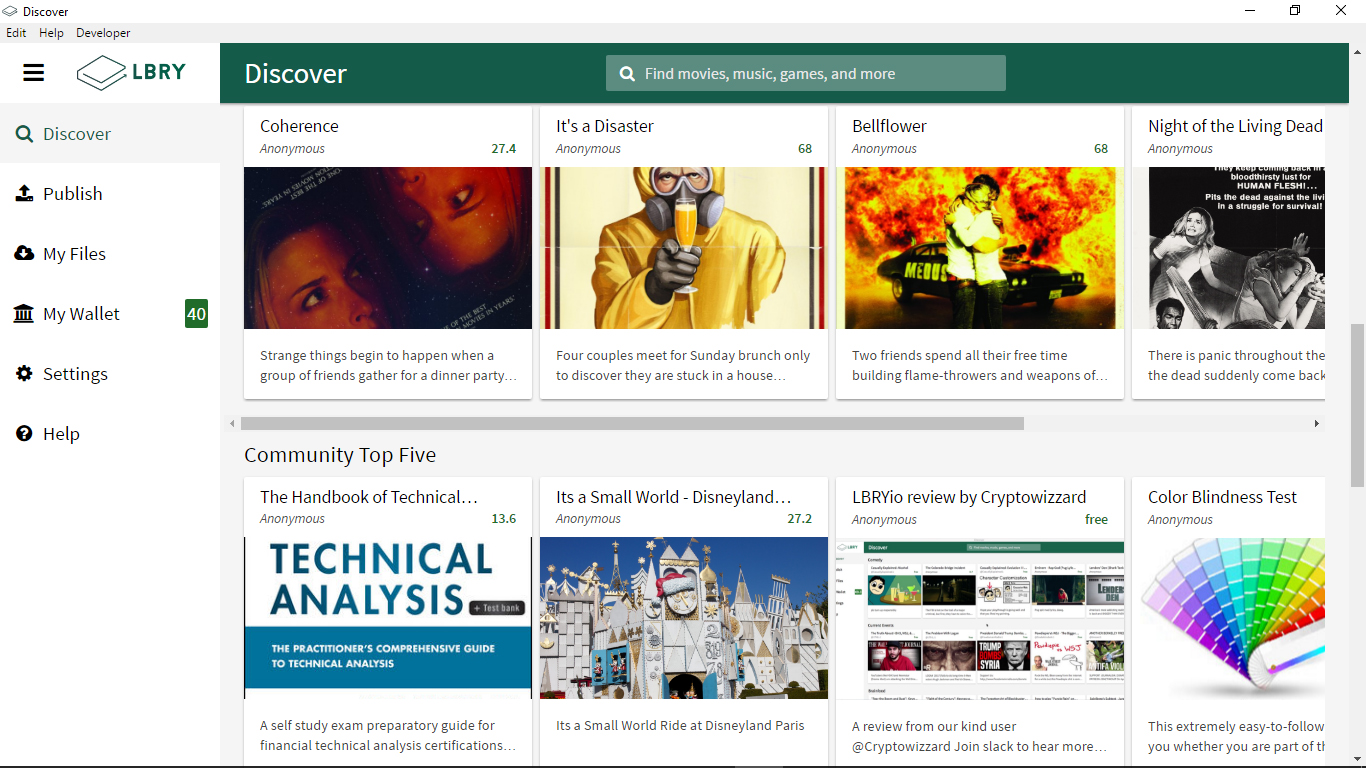Blockchain Project Saves 20,000 UC Berkeley University Lectures from Burning

The modern equivalent of book burning is the deletion of digital content; an act the government of America has forced University of California (UC), Berkeley, to undertake. The Department of Justice found they violate Title II of the Americans with Disabilities Act because some 20,000 university lectures made available through YouTube did not have closed captioning (subtitles).

They issued an ultimatum: “fix the videos or make them privately accessible to students,” according to Washington Times . UC Berkeley said that updating the videos would be “extremely expensive” and unjustifiable in an environment of “substantial budget deficits and shrinking state financial support.” So they started deleting the videos back in March 2017.
Deafness among young people is very rare. It accounts for only 0.2% of children, according to the National Institute on Deafness and Other Communication Disorders. That translates to around 2 children in 1,000. The action, therefore, seems very heavy handed, comparable to giving libraries an ultimatum if they do not update their already published books with braille.
The Decentralized Library
That’s bureaucracy for you, but some blockchain geeks thought the university lectures were far too valuable for the public which funds UC Berkeley. So they just copied all of the 20,000 videos , totaling some 4TB, and made them available on a blockchain based decentralized YouTube called LBRY (pronounced as libre or library).

I went on it yesterday and started listening to a Berkeley lecture on artificial intelligence, seeing the professor fill the board with complex maths, adding red circles and crosses and all the other symbols of learning.
For the privilege, I received about 40 LBRY, for free, worth around $3. Because the library is a somewhat complex system which mixes blockchain technology, its monetary aspects and bittorrent like capabilities.
“The bittorrent part isn’t too different from bittorrent,” – says Reilly Smith, a Curator and content liaison for LBRY. That is, you store whatever content you like on your own laptop then share it with others if you please by downloading the library software. Making it very scalable.
Unlike bittorrent, however, the decentralized library is a YouTube like platform. You can just upload videos or other content in a normal way, browse the front page, or search for something. Underneath, this CGI navigation is made possible by blockchain technology. Smith says:
“The blockchain is the database for all the content on the network. The URI + the associated metadata is stored on it. So when you want to find some or stream something, you find it on the blockchain and extract the relevant information, which in turns allows you to (1) pay the publisher – or not if it’s free, like a lot of things – (2) thereby initiating the stream in an otherwise YouTube-like experience.
What is not on the blockchain is the data itself, which is sharded and distributed in a bittorrent-like fashion across all the host nodes which you can think of as the LBRY equivalent of a “full node” from bitcoin: a node which has content shards it is uploading to other viewers.”
On the Internet, the Cinema Pays You
Their blockchain is a fork of bitcoin, which means they have their own minable currency, LBRY. 20 of it was given to me after I downloaded the software, just for doing so. Another 20 was given after I downloaded the artificial intelligence video.
Smith says the library “brings into being an unutilized aspect of the economy, the host. On LBRY, the people who are the “seeders” of content can charge for it, like a mining fee but for a blob [a 2MB content segment]. Like 0.00001LBC/blob.
This ensures content reliability, let’s people make money passively on hosting, and ensures even rare content that might otherwise disappear from bittorrent would stay alive.”
A money making sharing economy. All of it is, of course, decentralized so DoJ can’t really send them an ultimatum. They would have to reach out to god knows how many people have downloaded and run this software. Their slack has some 4,000 users, so we’d think at least hundreds if not thousands.
But it’s not all roses. With decentralization come bandwidth problems. The extent of the problem depends on the extent of people using the software and the number of people that are sharing the specific content.
The project is fairly new, barely a year old, and currently on invite only. It is, of course, slower than the centralized YouTube, but even in invite only it isn’t that slow. The front page navigation, for example, worked in seconds, but the avatar for some videos didn’t load.
The random video I picked – the artificial intelligence lecture – did eventually work. I had to wait about a minute or maybe two, but then it just kept playing (although I didn’t really sit for long).
Adding the monetary aspects through LBRY may allow the project to bootstrap more quickly, and thus load videos even faster. They could also potentially enable movie studios to offer their content for a price.
A Real Home Cinema?
I was randomly thinking the other day – why do I have to go to a cinema to watch a movie, can’t I just see the latest release from my laptop? Problem is that would make it easily copyable and shareable, but they are being copied and shared anyway, might as well make money from it.
As such, the platform could potentially grow to be a cinema too if it manages to find a way to make exclusive content difficult to copy. The movie studio could charge you $5 or whatever, just as some videos on the library already charge, with one movie charging 68 LBRY, around $5.
The platform, therefore, could potentially grow beyond just a niche, especially if these code warriors keep saving content from the burning flames of bureaucrats who have a history of doing so, with the primary example being the library of Alexandria.
Plutarch says it was accidental. Perhaps so is DoJ’s ruling, but the damage then was irreversible great loss. Now, it’s merely a change of platform from centralized dictats to decentralized freedom.
“[W]hen the enemy endeavored to cut off his communication by sea, he was forced to divert that danger by setting fire to his own ships, which, after burning the docks, thence spread on and destroyed the great library.” – Plutarch, Life of Caesar
The modern libraries of today are digital. They abhor walls. They abhor all those who wish to stand in the way of knowledge. For it is the knowledge of ancient Greek teachings that brought Europe from darkens. It may well be the knowledge of that artificial intelligence lecture that may allow some kid to give us those flying cars we were promised.
Featured image from UC Berkeley /Facebook and Shutterstock.